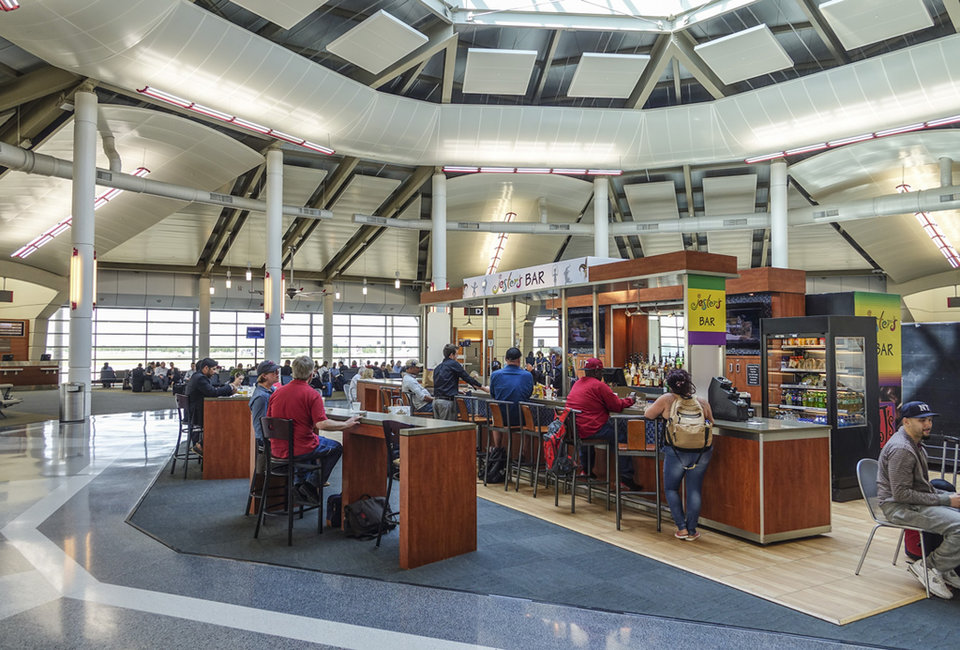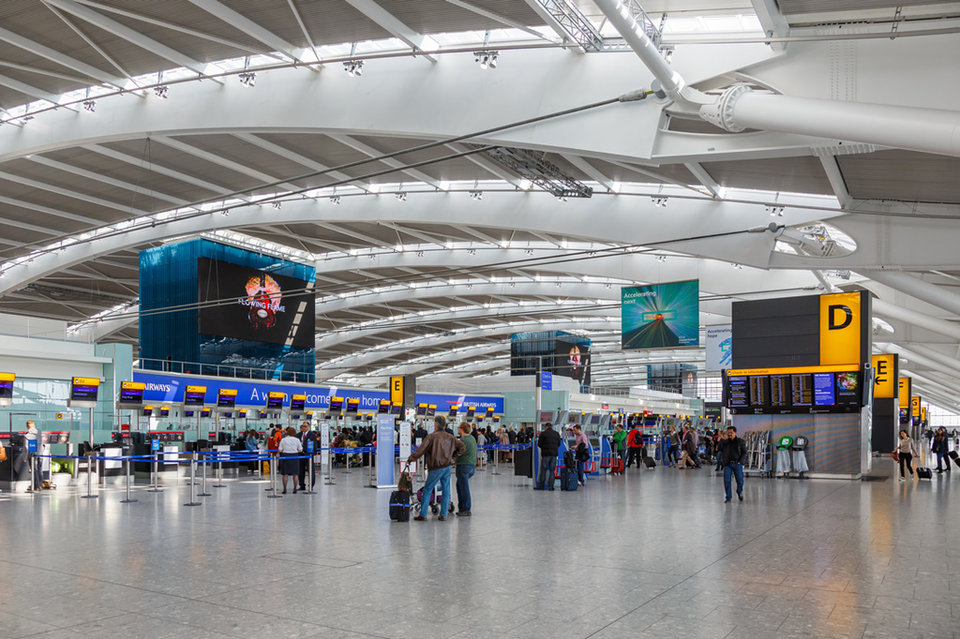Airport Operations
The art of opening an airport terminal
New Orleans’ Louis Armstrong airport’s new $1.3bn terminal was hit by long queues and delays when it opened in early November. The airport’s experience is hardly unique; opening a new terminal is a fraught process at the best of times, and many high-profile air hubs have fallen victim to chaotic terminal openings. What can be done to avoid future disaster? Adele Berti finds out.
Airport terminals are extremely complicated eco-systems that depend on the seamless cooperation of smaller components such as shops, security lanes, helps desks and lounges to function. It goes without saying, even the most insignificant IT glitch or faulty machinery can bring the whole system down, causing long delays and extra costs.
Such eventualities are repeatedly tested and trialled in the time leading up to a terminal’s opening, to make sure that on-site staff are not caught off guard when disaster strikes. But when – as recently occurred to New Orleans’s Louis Armstrong Airport (MSY)– disaster does happen in the terminal’s early days, then the risk is that the whole architecture crumbles in a chain reaction of issues, angry passengers and spiralling costs.
A “Mercedes with flat tires”, as one traveller described it to the New Orleans Advocate, MSY’s new terminal opened in November after much anticipation and months of delays. These however continued throughout the first couple of days of operation, as a series of accidents with baggage handling and heavy traffic led to long queues, lost luggage and overall disruption.
Having finally tackled the crisis – though similar issues temporarily returned at the end of December – the terminal will no doubt have a long list of lessons to learn. It may be that nobody has the winning formula for successfully opening a terminal, as they vary in size, numbers of passengers and the finance available to operate them, but what can we learn from the event to avoid disruption in the future?
Image:
MSY’s case is not isolated
Although MSY has not responded to AIR’s request for comment, in the aftermath of November’s opening chaos, Kevin Dolliole, director of aviation for the New Orleans Aviation Board, provided some analysis of the events.
“Before the new terminal opened, we did our due diligence in conducting simulations and tests of the new systems, modelling traffic patterns, training employees and even inviting the public into the facility so they could learn their way around,” he wrote in a letter sent to local television station WVUE-DT. “However, we knew there could be some adjustments necessary to account for actual human behaviour once we began to operate in a real-world environment.”
He also compared the opening of the terminal to “picking up a small city and moving it to a different location,” citing the fact that over 310,000 passengers had already used the facility since its opening with an average of 40,000 passengers per day.
Yet according to Business Report, issues with the delivery and construction of the terminal had started long before its opening. As per the report, the hub was initially meant to open in May 2018 but was delayed multiple times, leading to costs almost doubling from $650m to nearly $1.3bn.
Although problems indicated in the report were mainly related to runway logistics, the scale of these issues inflated during the terminal’s first operating days, and it affected to facilities such as baggage handling and congested rideshare areas, as well as security lanes.

The departure lounge at Louis Armstrong New Orleans International airport. Image: 4kclips / Shutterstock.com
“After the new terminal opened, we experienced some issues with the outbound baggage system not operating properly at certain points of the day, which is to be expected when a completely new system is fully launched,” said Dolliole in his letter. Although assuring that renewed cooperation was (at the time) in place between baggage system contractors and construction project managers, the issue returned once again in December last year.
But baggage handling issues are a certainly not a novelty in aviation, with software glitches and faulty systems often causing the initial disruption. This was the case of another infamously unsuccessful terminal opening, that of London Heathrow’s Terminal 5 in 2008.
Back then, the hub’s £4.3bn new terminal was heavily criticised as it saw flight delays and cancellations, as well as cases of lost luggage and several other problems in its first day of operation. According to Harvard Business Review’s Gill Corkindale, this was attributable to insufficient training of its baggage handlers which left them unprepared on the day of opening.
Back then, the London hub’s baggage handling system had allegedly never been tested in a ‘live’ terminal, something that Dolliole says did happen at MSY. “Prior to opening the new MSY terminal,” he wrote, “the airport worked with stakeholders to conduct thorough testing and simulations of the baggage handling system.”
Baggage handling issues are a certainly not a novelty in aviation
What can we learn from these examples?
With operations now back to normal, a number of lessons can be learned from both Heathrow and MSY’s case.
First of all, both of them experienced several issues caused by software or similar IT-related malfunctions. As airports become more digitised, investment in new technologies is more than ever paramount. This is especially important when it comes to luggage management, the most significant common denominator of Heathrow and MSY’s misfortunes.
While these kinds of problems are undeniably hard to foresee, the fact that they’re even tougher to tackle should be enough to justify special training and planning ahead of opening, as well as preparing a contingency plan for when they happen.
Whilst according to the Corkindale, these preparations largely failed to take place at Heathrow – she even mentions that “handlers were simply shown around the terminal” instead of being practically trained – Dolliole commented that staff were quick to reach the site as issues rose during the opening day.

Heathrow has worked with airport consultancy AiQ Consulting to create mass disruption plans at T5 and T3. Image: Markus Mainka / Shutterstock.com
“Baggage system contractors and construction project managers are on site during this initial transition phase,” he said in November. “These crews have been working with all airlines throughout the day to respond, identify, and correct issues as they arise, and we’re already seeing improvement to how the system functions.”
However, as of 2016, Heathrow has worked with airport consultancy AiQ Consulting to create mass disruption plans at T5 and T3. As the company wrote on its website, “Very few of these are accidents forcing closure of the airport or runways in some way, but all have a recognised impact on the airport that must be mitigated to avoid chaos and unhappy passengers.”
With the likes of Changi airport in Singapore, Berlin’s new Brandenburg airport and Abu Dhabi International Airport all set to open new facilities in 2020, it will be interesting to see what measures will be put in place in order to avoid early disruption.
As airports become more digitised, investment in new technologies is more than ever paramount